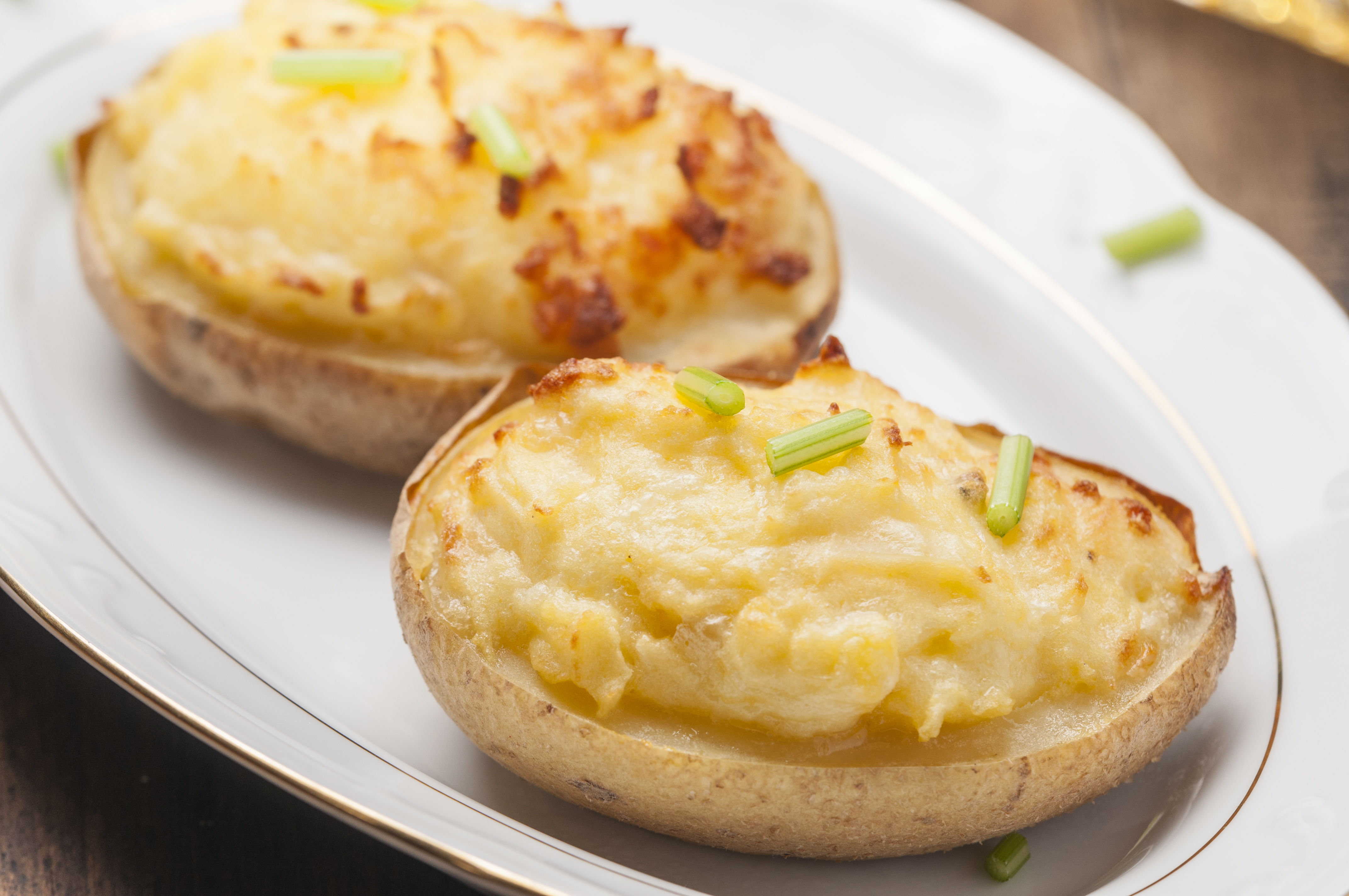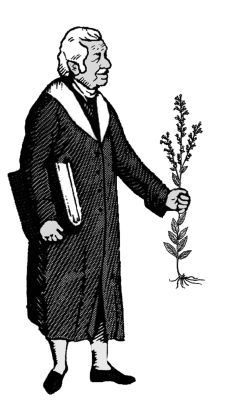Then Comes The Fall
Published: Wed, 10/17/18
October 17, 2018
Then Comes The Fall Tonya Judd, M.H.
In the fall we begin to crave warming, comfort foods to accommodate the cooling weather.

Dr. Christopher taught about eating foods in their season:
“Then comes the fall, and the feel of coolness in the air. Nature also feels it and gives us food to cope with the situation. We have a different type of food from that which is grown in either the spring or in the summer. This new fall food has just the right amount of minerals, salts and vitamins needed to prepare our bloodstream for the cold weather which is to follow, and to be able to take the little cold fall blasts and the varied temperature of the day, which goes from cool to warm to cool again. This is the time of the year the sturdier, firmer types of apples ripen. Pears of a firmer nature, tubers and starchy vegetables are given to us in abundance to take us through this wonderful fall season. How can we enjoy the beautiful fall leaves in the multiple shades, ranging from the lightest pastel to the deepest crimson, God’s handiwork, which no man can duplicate, if we are not in good health to enjoy it? Our Father is kind again. He gives us a diet on which we can feel our best, and leave sickness way in the past as a forgotten word” - Dr. John R. Christopher 1
Dr. Christopher also quoted the following scripture, “Every herb in the season thereof, and every fruit in the season thereof; all these to be used with prudence and thanksgiving.” 2
Following is a list of fall foods to stock your pantry with:
Kale Garlic
Brussel Sprouts Onions
Chard Shallots
Broccoli Pumpkins
Cabbage Sweet Potatoes
Carrots Yams
Celery Potatoes
Celeriac Pomegranates
Chiles Squashes – Acorn, Butternut, Delicata, Spaghetti, etc.
Beets Grapes
Apples Persimmons
Eggplant Tomatillos
Parsnips Horseradish
This list is not exhaustive and you may personally know of other foods that are in season in your region.
Additional reasons to eat seasonally:
Taste! This one is a no-brainer. Think of the tomatoes available at the grocers in the middle of winter or compare the apples in the fall to the mushy storage apples available in the spring.
Nutrition: The longer food is kept in storage the more nutrients are lost and the less tasty the food becomes.
Cost: Fruits and vegetables purchased in season cost considerably less than those purchased in the off season.
This fall, I encourage you to try a few of the many delicious options available during this season. Find a few new recipes that incorporate fall foods and enjoy!
1 “Just What Is the Word of Wisdom?” Dr. John R. Christopher
2 Book of Doctrine and Covenants of the Church of Jesus Christ of Latter-Day Saints.
Doctrine and Covenants Section 89:11
Tonya Judd is a Master Herbalist graduate of the School of Natural Healing.
Printable Version: http://herballegacy.com
Last chance to take advantage of this special offer!
Sale ends Today!!!

Our back to school sale offers students the opportunity to further their education by joining a discounted payment plan for our full Master Herbalist program. Online payment plans are $130.00 per month and Correspondence plans are $230.00 per month. Each payment results in one of our 22 levels being released. As always you will have 3 years to complete the full program. (If you have already been studying with us, we'll let you start a payment plan from the level you are currently
on).
A Healthier You Radio show is back!
Listen live every Monday morning at 11:30 Mountain Time.
Click here for the link to listen to our live show
David Christopher is now on Twitter!
You can follow David @DChristopherMH

Twice Baked Potatoes
Prepare the potatoes and the butternut squash as directed below and bake them together as follows:
Wash and prick 6-8 potatoes with a fork or knife. Bake at 375° for about an hour or until soft.
Wash 1 medium size butternut squash and scoop the seeds out and discard them. Slice the squash in half lengthwise and bake in a casserole dish or on a baking sheet at 375° for about an hour or until soft when tested with a fork.
Scoop the butternut squash out of the shell. Cut the potatoes in half and scoop the inside out and into the bowl with the butternut squash. Beat until mashed potato consistency and add the following:
1 Tablespoon of coconut oil or olive oil
1 teaspoon salt
1 teaspoon cumin
pepper to taste
Scoop or pipe the butternut squash, potato mixture into the potato skin shells and sprinkle with paprika if desired. Place back in the oven to warm at 375°. Sprinkle with chopped green onion if desired.
Recipe by Yvonne Craft
Printable Version: http://herballegacy.com
Herbal Resource Links
- Herbal Legacy - http://www.herballegacy.com - Our free information website
- The School of Natural Healing - http://www.snh.cc - Quality Education since 1953
- Christopher Publications - http://www.christopherpublications.com - Dr. Christopher's books and more
- Christopher Websites - http://www.christopherwebsites.com - Find all Christopher websites and other great resources
- A Healthier You Radio Show - http://www.ahealthieryouradio.com - Free weekly radio show
The School of Natural Healing: http://www.snh.cc
Christopher Publications: http://www.christopherpublications.com
NOTICE: All information in this newsletter is given out as information only and is not intended to diagnose or prescribe. For our official Disclaimer, Biological Individuality, Important Notice & Terms of Use please see: http://www.herballegacy.com/Disclaimer.html
This newsletter is sent by permission only - you can unsubscribe quickly and easily by clicking the link below.
.

